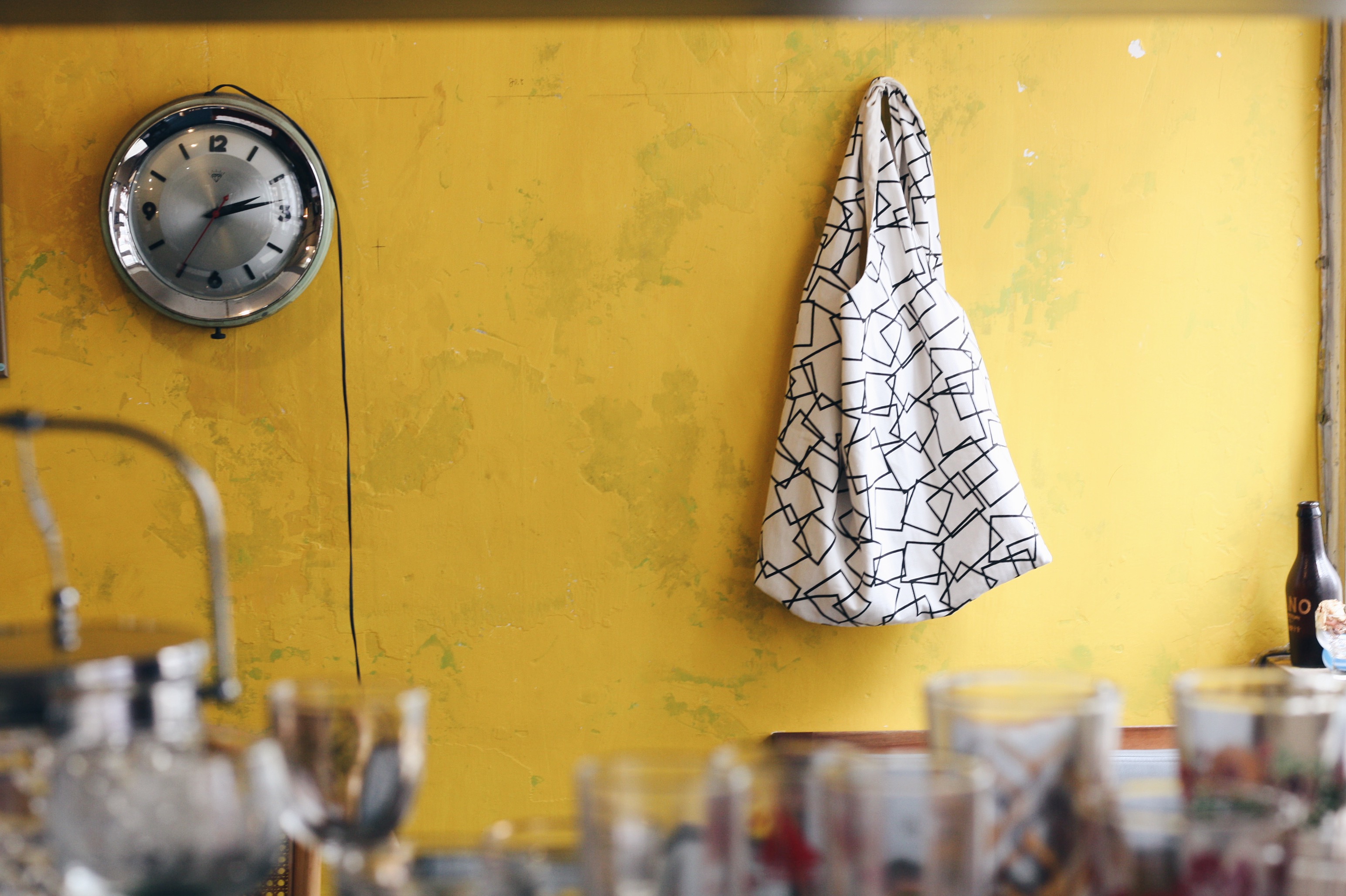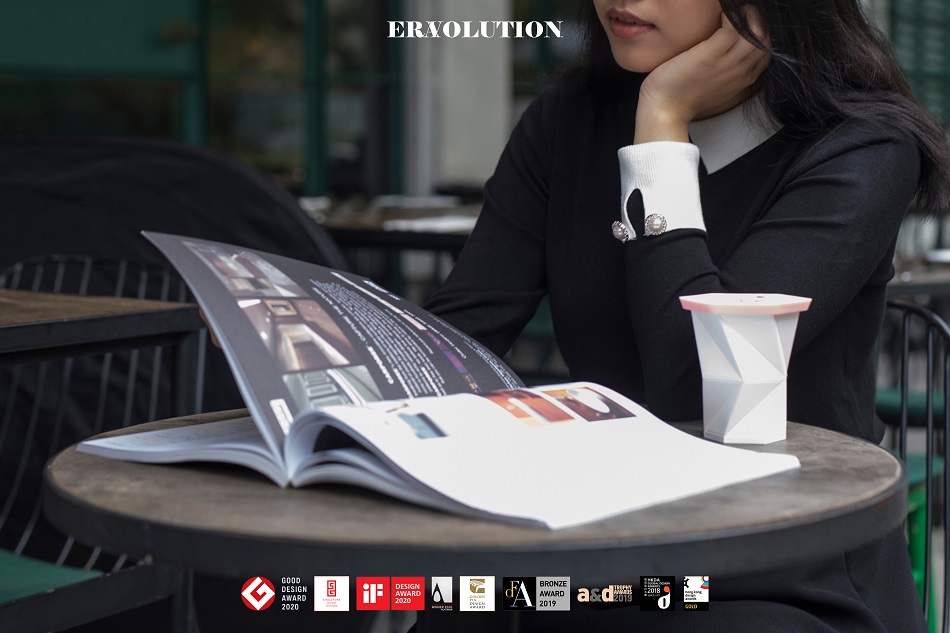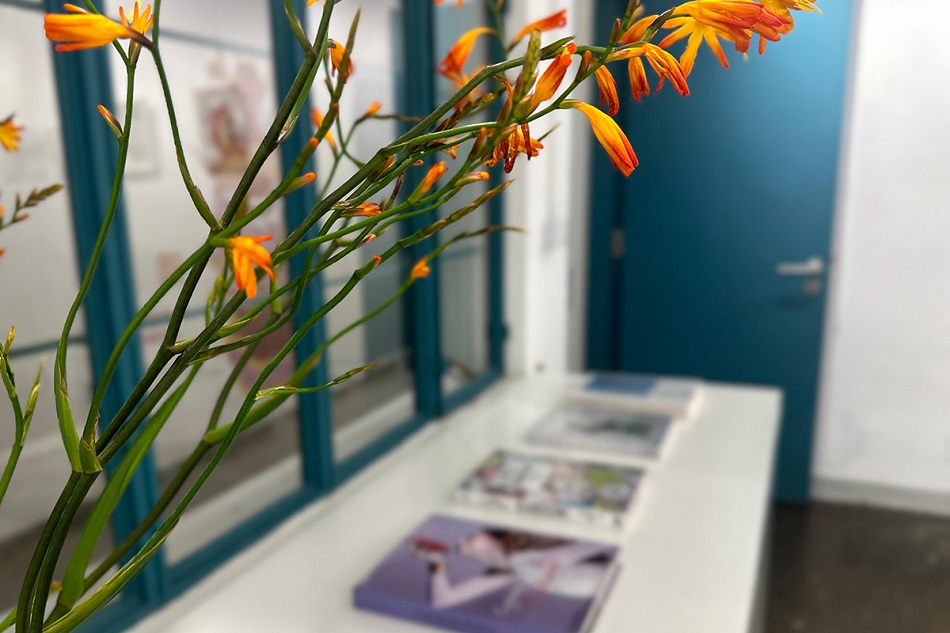Leisure & Culture #26
Long Live the Factory Queen
Ho Kee
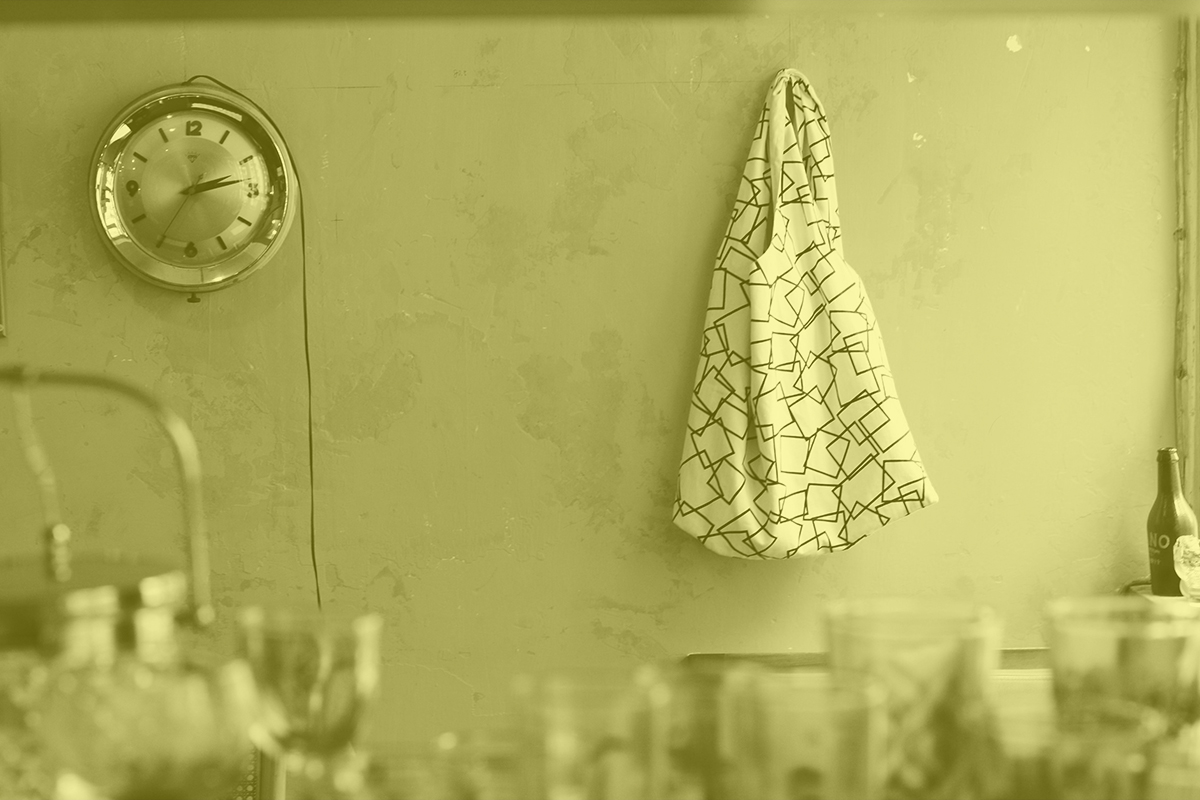
Written by Kit Chan
Translated by v_p
Photos by Kit Chan
Better wear out than to rust out -- Such is the motto of Mrs Ho.
With her sewing machine running smooth as silk, a plain piece of fabric turns into a handy bag, from totes to shoppers, in just a snap.
Her skills are seen through the details: shoulder straps are widened for extra support; waterproof fabric is used for lining, which also makes it more durable; the bags are sewn up in one act, with the fabric sewn from the inside, hiding all the seams, so that they don’t burst open that easily.
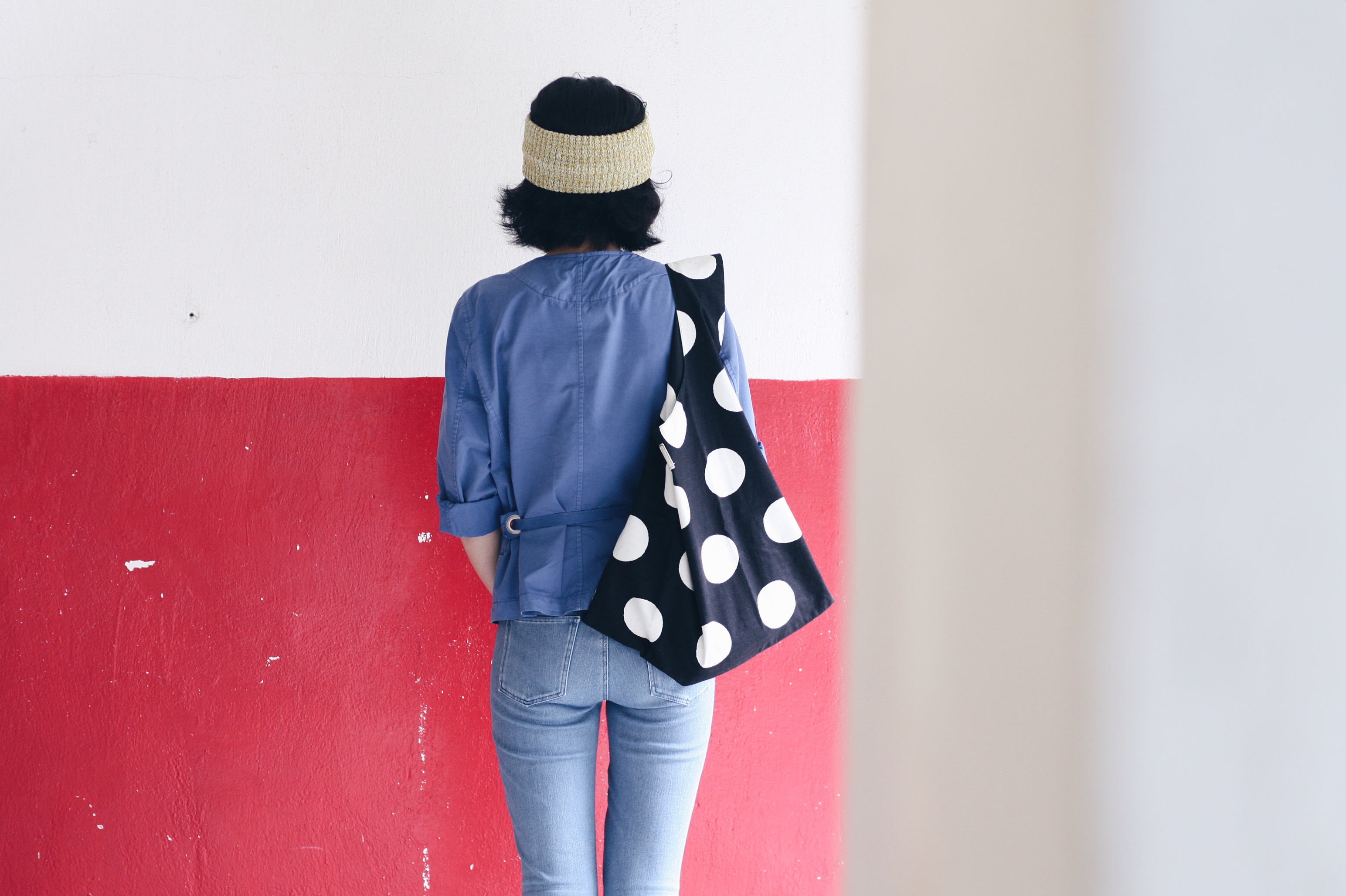
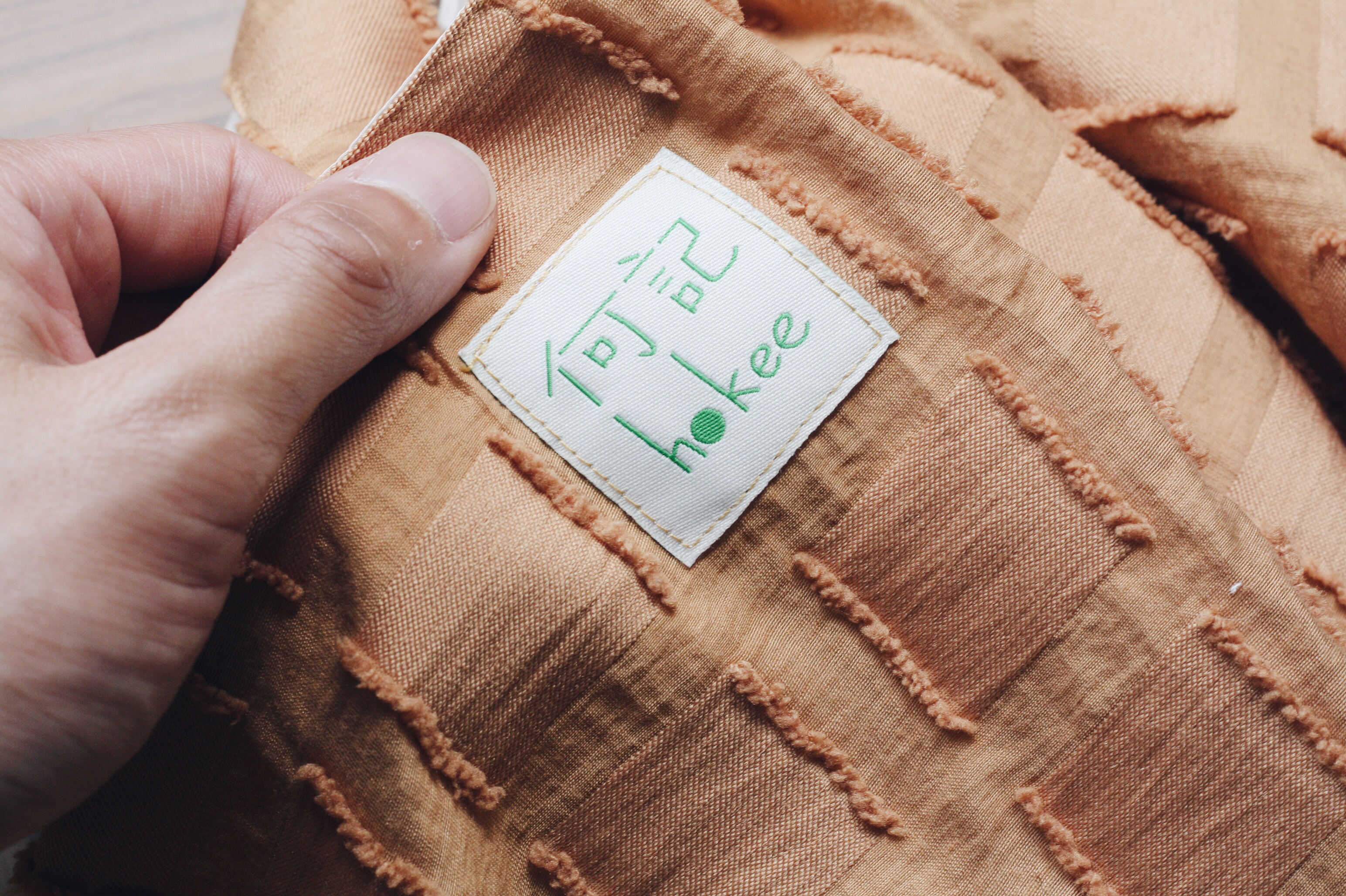
These bags are sold under the brand name of Ho Kee, with Mrs Ho as the seamstress, while her daughter Kei is in charge of choosing all the fancy fabrics.
The mother and daughter business started with an apron. Two years ago, Kei needed an apron for her ceramics classes, so she asked her mom to make her one, which is something very natural to ask for in her family. “My secondary schoolbag was sewn by her too, she even made ‘qipao’ (a Chinese traditional dress) for me with those old fashioned fabric.”
Mrs Ho interrupted: “She once got praised for an A-line dress in her Domestic Science class, that was my work too.”
Mrs Ho’s handicraft goes hand in hand with the momentous times of Hong Kong’s textile industry. During the end of the 1940s, civil war in China prompted industrialists from Shanghai to flee to Hong Kong, boosting the local textile industry with the capital and labour they brought in; by the end of the 1970s, textile workers made up 40% of Hong Kong’s manufacturing industry.
As movie star Po Chu Chan sang in “Long Live the Factory Girls”, thus was the golden years of factory girls, supporting themselves and their families with a sewing machine, playing the role model of women gaining independence and climbing up the social ladder.
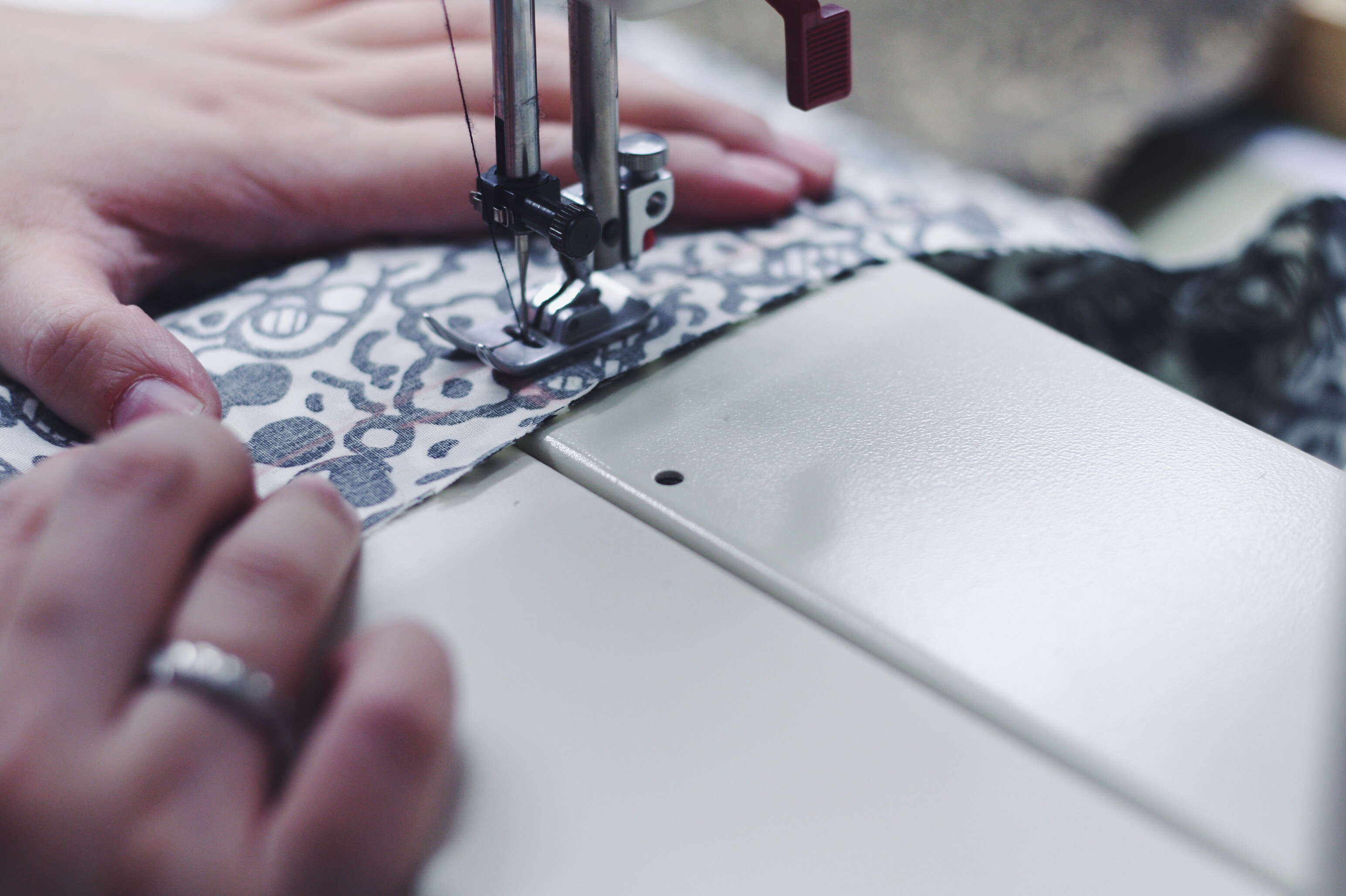
However, Mrs Ho was not your average factory girl, but a much valued head seamstress.
“The girls would gather around and watch me ‘perform’, and then they’d go back to their seats and do it themselves.” She said it in a light tone, but with pride.
“The boss assigned me to sew the shipment samples used for advertising shots, everything must be perfect.”
After 30 years in the textile industry, Mrs Ho retired in the 1990s. What she didn’t expect was a career revival from the apron and bags she made for her daughter, which got overwhelming response and orders from colleagues and friends.
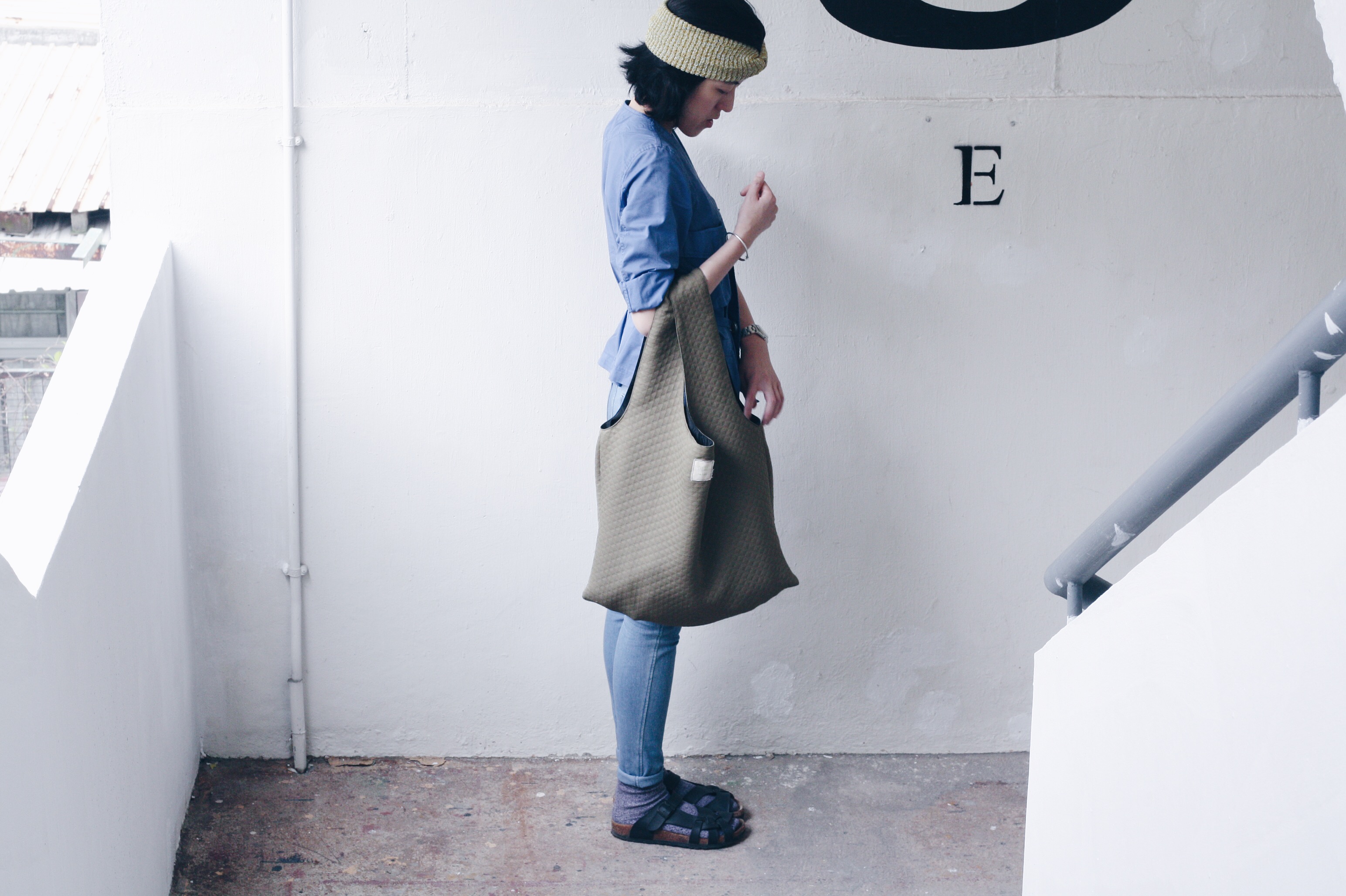
Kei’s initial plan was idealistic, tailor making bags for every client, adding zippers, hidden compartments and so on; but Mrs Ho shook her head when she saw the sketches: how can a sewing machine at home handle such complicated designs?
Kei did not take Mom’s opposition well and they had a big fight. “We almost disowned each other! We both have strong personalities and viewpoints, and wouldn’t compromise.”
Then Mom reminded her of why they’re doing what they’re doing. “Are we making bags for the money or for fun? If people like it, they would buy it, if they don’t, game over! Why bother?”
So the team started over and stopped taking orders, instead, they picked nice fabrics and made simple, practical bags with design – Mrs Ho would gather bits of rags to make patch quilt bags with a funny name:Fung Bobo!
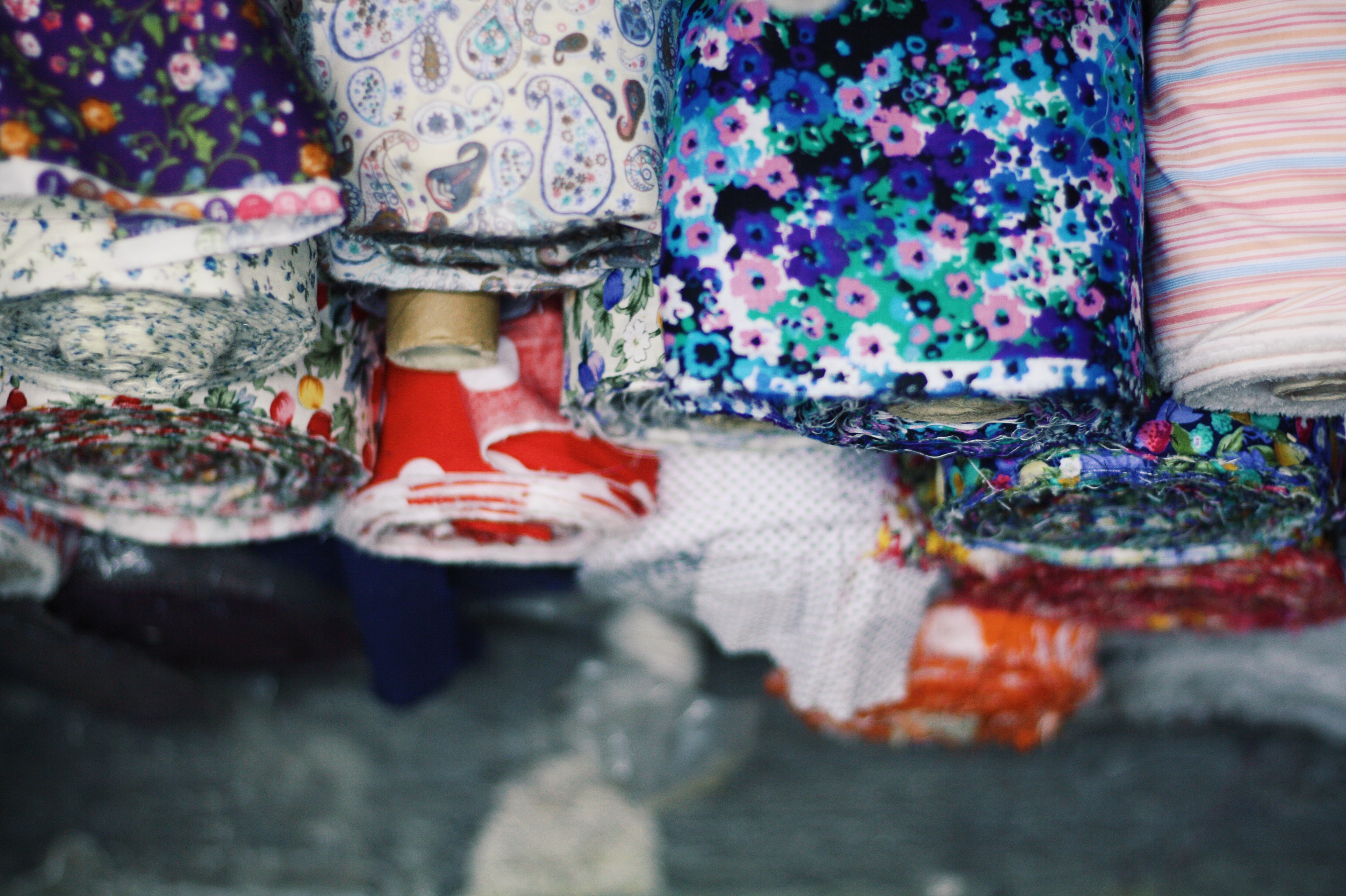
Kei bought most of the fabrics from textile companies along Ki Lung Street and the fabric market nicknamed “the Shack”, all located at Sham Shui Po,. “Fabrics from Japan and Taiwan are gorgeous indeed, but Hong Kong also has a lot of exported fabric, though they may have some flaws here and there, the quality is similarly good.” With every bag done by a local seamstress in Hong Kong with material from local shops, Kei thought that “the feeling would be more complete”.
The project was meant to be for fun at first, so that Mrs Ho could have something to do after retirement, but Mrs Ho got hooked and could not stop working, even on Winter Solstice or Christmas Day, and asked to resume work two days after Chinese New Year. “I teased her: do you need money so badly?” Kei said, rolling her eyes.
Mom’s blade is far from rusting, getting sharper than ever.
